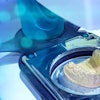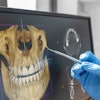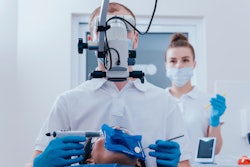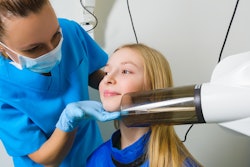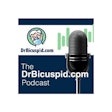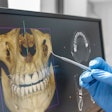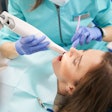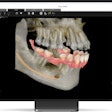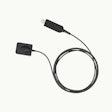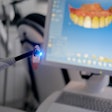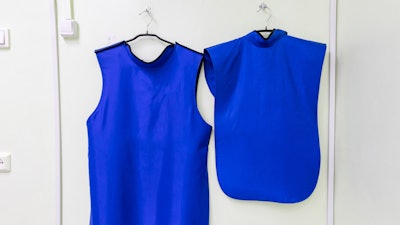
The ADA no longer recommends that abdomens and thyroids be covered during dental imaging. The guidance, which echoes recommendations made in 2023 by the American Academy of Oral and Maxillofacial Radiology, was published on February 1 in the Journal of the American Dental Association.
Additionally, the ADA’s recommendations call for several actions, including complying with local, state, and U.S. regulations; making a good-faith effort to obtain images from a patient’s past exams; and using cone-beam computed tomography (CBCT) only as an adjunct to significantly reduce patient dose and occupational risk from imaging.
“With the increasing availability of CBCT and digital-based imaging, the panel recommends that dental office staff members integrate the recommendations presented here, weigh the benefits of newer imaging technologies against radiation-specific risks (particularly for children), and conduct imaging procedures with an aim of obtaining optimal image quality at radiation doses that are as low as diagnostically acceptable,” wrote the authors, led by Kathleen Ziegler, PharmD, of the ADA.
A panel established by the ADA council reviewed published studies and radiography and then made recommendations on radiation safety, appropriate imaging practices, and reducing radiation exposure. The U.S. Food and Drug Administration supported the development of these recommendations, which are the first imaging-related guidance issued by the council since 2012 and align with the American Academy of Oral and Maxillofacial Radiology guidance.
After reviewing 74 articles, the ADA recommended that patients no longer be draped in abdominal lead aprons and thyroid collars during intraoral, panoramic, cephalometric, and CBCT imaging and that the practice of protective shielding be discontinued as a routine practice. This guidance applies to patients of all ages and regardless of health status, like pregnancy, the authors wrote.
The recommendations were based on evidence that patients are protected from radiation exposure with advances in modern digital imaging equipment and restricting the beam size to the area of the body needing to be imaged. Also, the use of lead aprons and a thyroid collar can obstruct a primary x-ray beam, preventing clinicians from capturing an appropriate image, according to the guidance.
Other recommendations include adhering to local, state, and U.S. regulations; using digital receptors rather than film; utilizing rectangular collimation; and that CBCT should never be used routinely when other imaging modalities may provide adequate diagnostics. Since CBCT can deliver a radiation dose that’s 10 to 15 times higher than that of traditional radiography, it should only be used after it’s determined that other lower-dose modalities wouldn’t likely provide the necessary diagnostic data, the authors wrote.
“The regulatory guidance and best practice recommendations summarized in this article should be followed by dentists and other oral health care providers,” Ziegler et al wrote.



